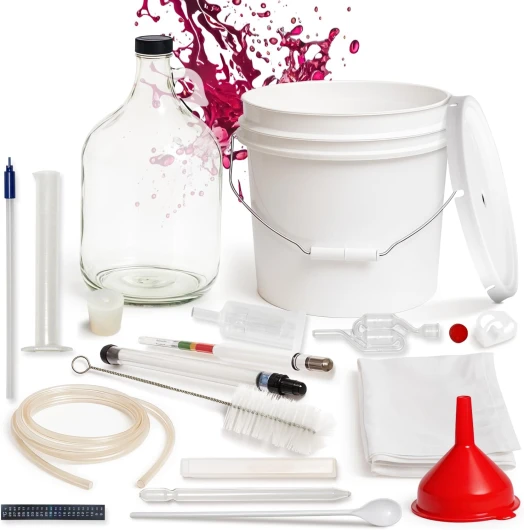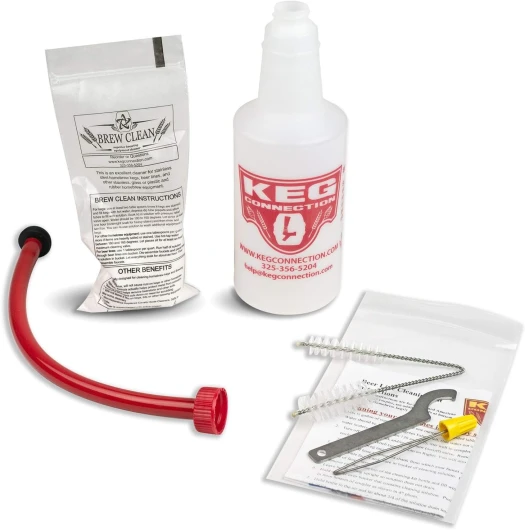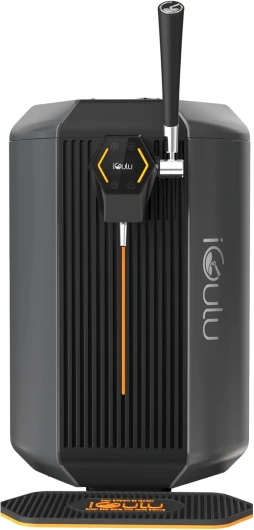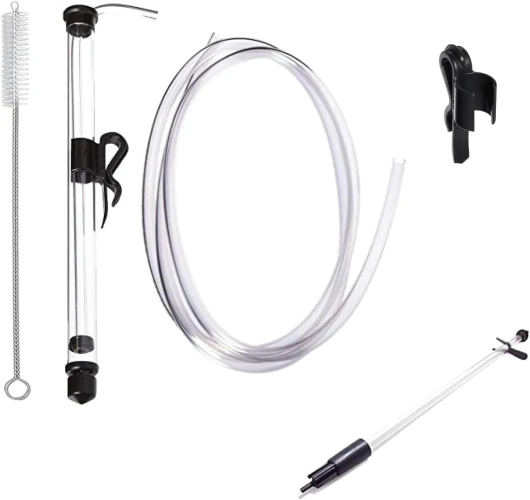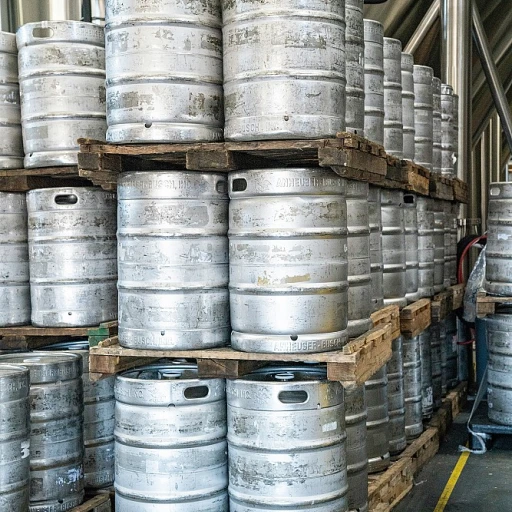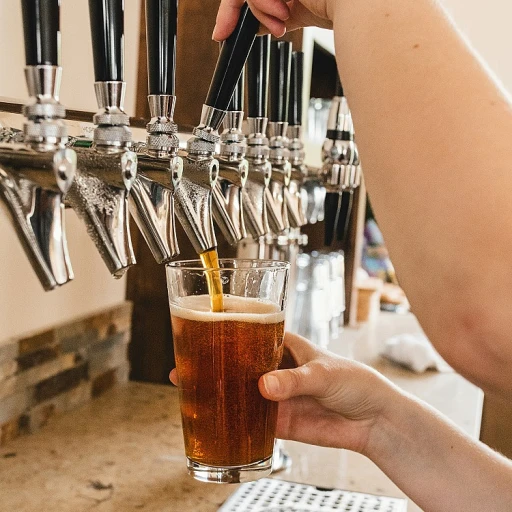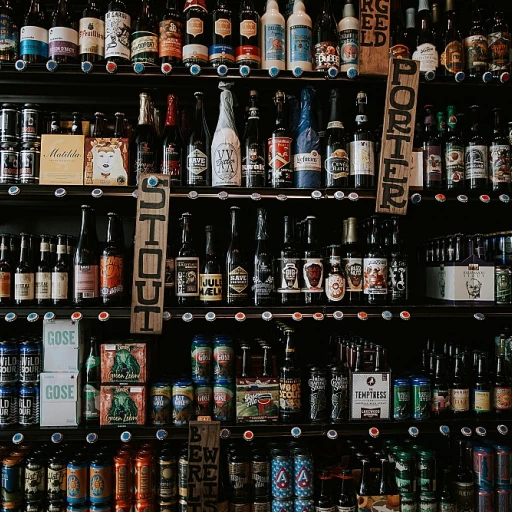
Choosing the Right Space for Your Brewery
Finding the Ideal Brewery Location
Selecting the perfect space is the first crucial step in establishing a brewery. The location not only determines the accessibility and visibility of your brewery but also affects the daily operations and long-term growth potential. When choosing your brewery space, consider several important factors:- Size and Layout: Assess the space needed for equipment, storage, tasting areas, and future expansion. A thoughtfully planned space ensures seamless operations as your business grows.
- Utilities: Ensure the location has adequate access to water, power, and waste management services. These are vital to the brewing process and efficient operation of your brewery.
- Zoning and Permits: Check local zoning laws and acquire appropriate permits to avoid legal complications. Zoning influences where breweries can be set up and operating without hurdles is essential.
- Foot Traffic and Accessibility: A location with good foot traffic can boost brand awareness and customer influx. Easy access to public transportation or ample parking can enhance visitor experience.
Essential Brewery Equipment and Installation
Essential Equipment for a Successful Brew
When setting up a brewery, one of the critical decisions is choosing the right equipment. An efficient installation process is fundamental to your success and will allow you to produce high-quality beer efficiently. Here are some of the basic pieces of equipment you’ll need:
- Brewing Kettles: These kettles are where you will boil your ingredients and help you extract flavors and aromas from the malt and hops.
- Fermentation Tanks: These are essential for allowing your brew to ferment, which is the key phase for creating alcohol in your beer.
- Brite Tanks: Once fermentation is complete, the beer is transferred into brite tanks for maturation, carbonation, and conditioning before packaging.
- Chillers: Quickly cooling down your wort after boiling it is crucial to prevent the growth of unwanted bacteria and achieve desirable beer clarity.
- Pumps and Piping: Having a reliable system for moving liquid between your various pieces of equipment will make your brewing process much smoother.
Investing in quality equipment from the start can save you time and money in the long run by reducing maintenance and potential downtime.
Installation Considerations to Keep in Mind
The installation of your equipment is as vital as the equipment itself. Improper installation can lead to inefficiencies or even pose safety risks. Be sure to consult with professionals who have experience in brewery setups to ensure everything is installed correctly and in compliance with local regulations.
Cost Implications of Equipment Choices
It's important to be mindful of your budget when selecting your equipment. Consider what you're willing to spend on each piece of equipment and weigh that cost against its expected output and longevity. You may find helpful insights on the price of a beer keg and related equipment.
Remember, choosing the right equipment and ensuring it's properly installed is crucial. This will not only streamline your brewing process but also enhance the quality of your beer, setting you up for a thriving brewery operation.
Designing Your Brewing System for Efficiency
Crafting Your Brewing Workflow
Designing an efficient brewing system requires careful consideration of your production goals and available resources. The key to a successful brewery installation is creating a workflow that maximizes productivity while maintaining quality control. Let’s explore some essential components and strategies to achieve an optimal brewing system.
Integrating Equipment for Seamless Operation
Once your brewing space has been chosen and equipped, the next step is ensuring that all components work harmoniously together. This involves strategically placing your mash tun, brew kettle, and fermenters to streamline your brewing process. Aligning your essential brewery equipment will not only improve efficiency but also reduce labor costs and potential errors.
Optimizing Your Fermentation and Storage
Proper fermentation and storage are crucial for producing high-quality beer. It’s essential to assess your cold storage needs, considering the type and volume of beers you plan on brewing. Implementing efficient temperature control systems will ensure your beer’s flavor profile is consistently maintained. Understanding how many beers fit in a half keg can help in planning your storage solutions effectively.
Maximizing Energy Use
Consider the energy sources and consumption in your brewing process. Choosing equipment that aligns with your energy goals can positively impact your operational costs and environmental footprint. Installing insulation and energy-efficient heating systems will enhance the sustainability of your brewery.
Ensuring Quality Control
Design your brewing system with quality assurance as a top priority. This includes installing testing stations and implementing protocols for monitoring sulfites and other potential additives. For more insights into potential beer ingredients, you can read about sulfite in your beer.
The Brewing Process: From Hot Water to Cold Beer
From Mash to Wort: Heating Up the Process
Understanding the brewing process is essential when you're setting up your brewery. At its core, brewing is a fascinating transformation of raw ingredients into beer. It all begins with heating water and malts to create what we call 'mash'. This heating phase is crucial as it activates enzymes in the grains, breaking down starches into sugars.The Boiling Stage: Infusing With Hops
Once you've extracted the sugars in your mash, it's time to move on to the boiling stage. This is where you introduce hops, contributing to both the aroma and the bitterness of the beer. Controlled temperature is key, as it allows the right flavors to develop.The Journey to Fermentation
After boiling, the hot wort needs to be cooled down quickly to allow yeast addition, which kick-starts fermentation. This cooling must be done efficiently to prevent contamination, usually requiring a chiller or heat exchanger.Understanding Fermentation Dynamics
Fermentation is the magical stage where yeast consumes sugars and produces alcohol and CO2. Monitoring fermentation temperatures is vital for ensuring the desired taste and consistency of your beer. This phase can take anywhere from a few days to several weeks depending on the beer style and yeast used.Finishing Touches: Maturation and Bottling
Once fermentation is complete, the beer may be conditioned and matured to develop flavor complexity. Afterward, it is clarified and packaged, ready to delight taste buds. Efficient planning and installation can make this process seamless as you build your brewing empire.Tips for a Successful Brewery Installation
Plan Thoroughly for Long-Term Success
Installing a brewery involves more than just arranging equipment. Ensuring long-term success requires a strategic approach to all aspects of setup and operation. Here are some tips to help you navigate this complex process efficiently:
- Engage with Professionals: Consult with experts in brewery installation to ensure that every aspect of your setup meets industry standards and regulations. From layout to equipment, professional insights can save you time and money in the long run.
- Future Growth: When planning your brewery's layout and system, consider both current needs and future expansion. This helps avoid the cost and downtime of major renovations down the line.
- Staff Training: Train your team thoroughly on brewing operations, including equipment handling and safety protocols. Well-trained staff are key to efficient and safe brewery operations.
- Test Your System: Before production begins, thoroughly test all equipment and systems. Look for leaks, inconsistencies, and potential bottlenecks to ensure a smooth brewing process.
- Maintenance Plan: Establish a regular maintenance schedule for all equipment. Consistent upkeep is essential for preventing unexpected breakdowns and ensuring uninterrupted beer production.
By carefully planning your brewery's installation and considering both immediate needs and future growth, you position your business for success in the competitive beer industry.

